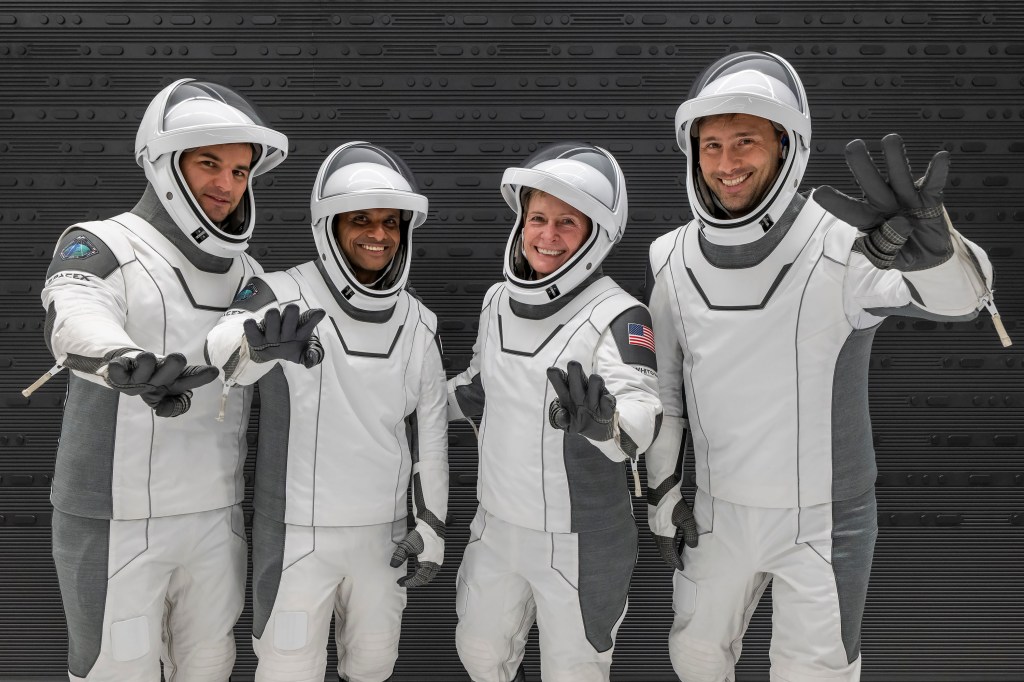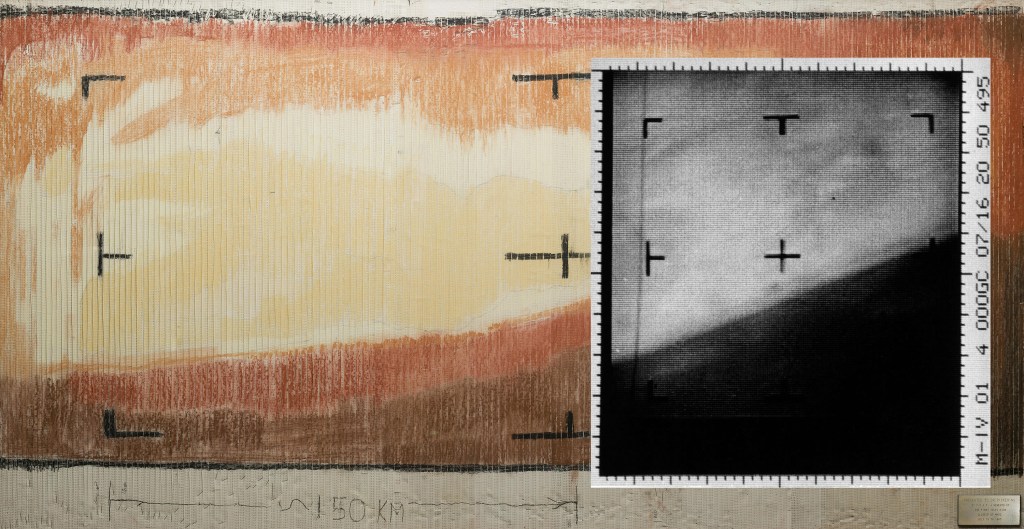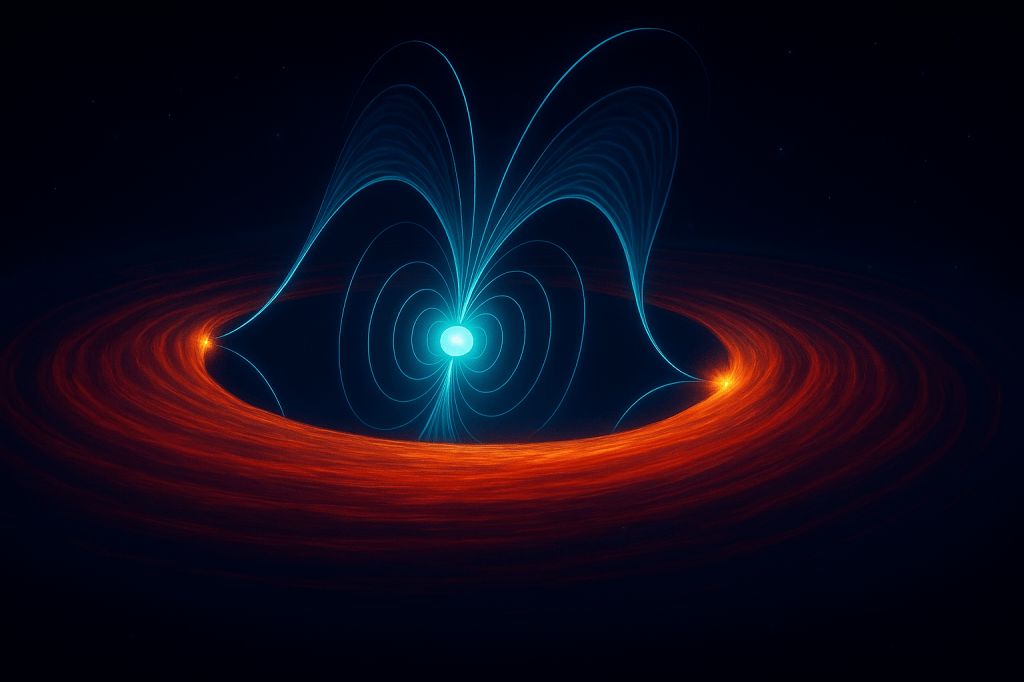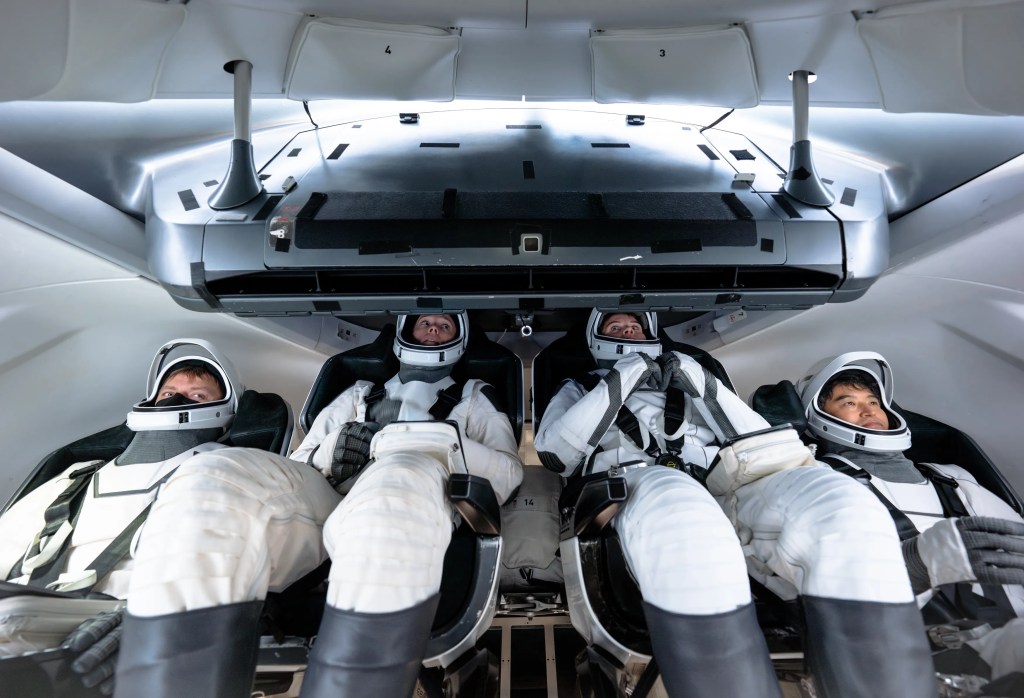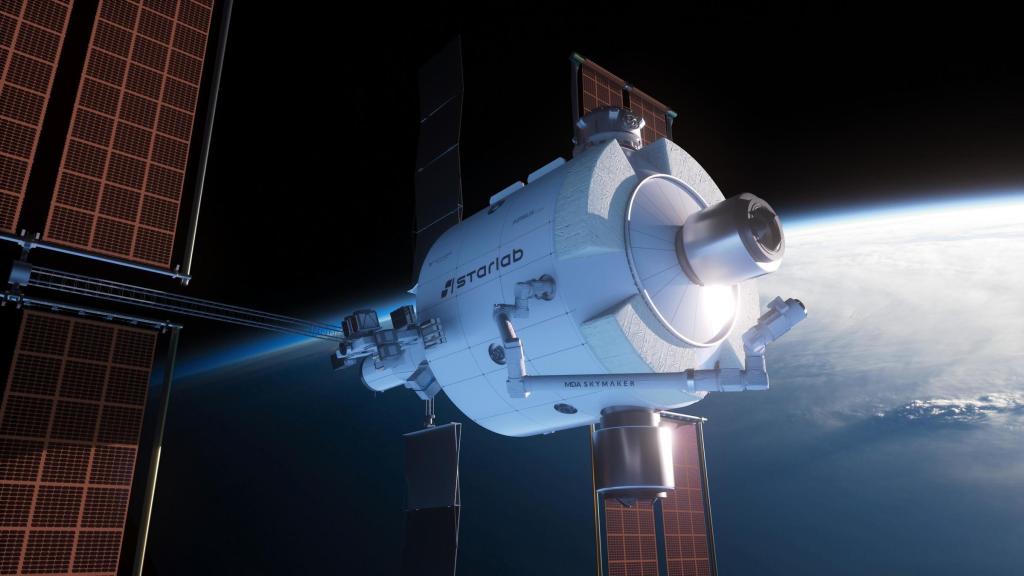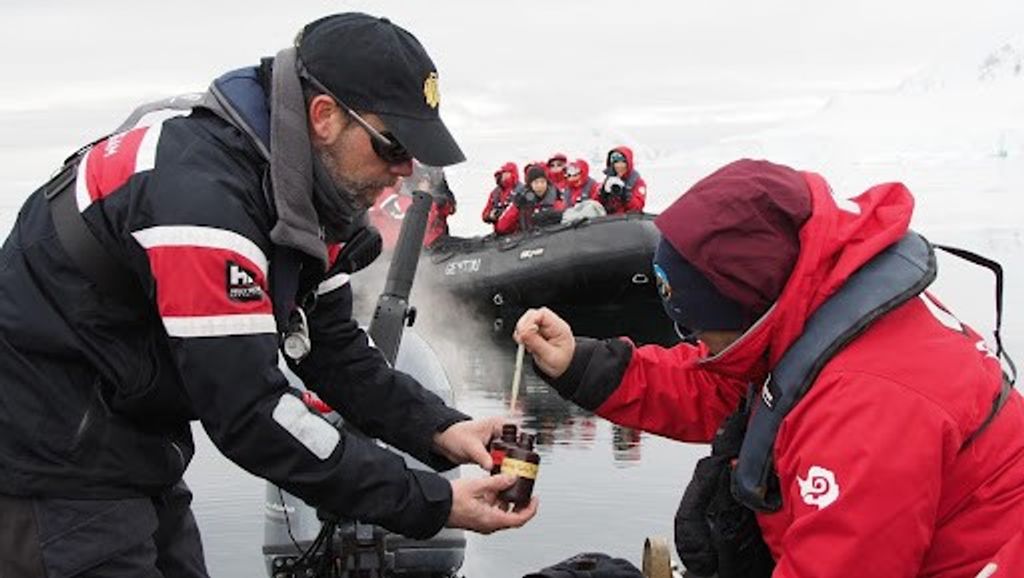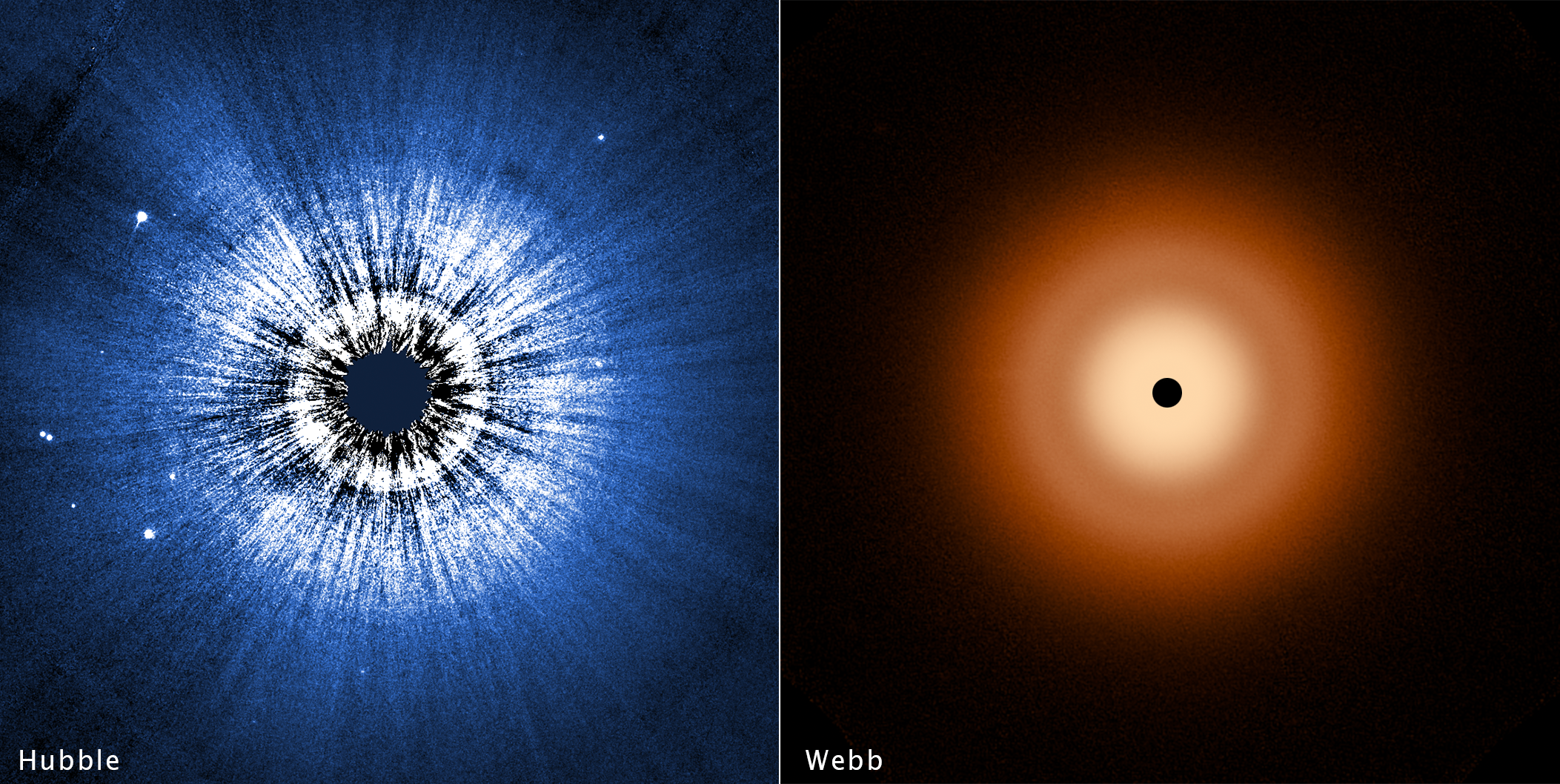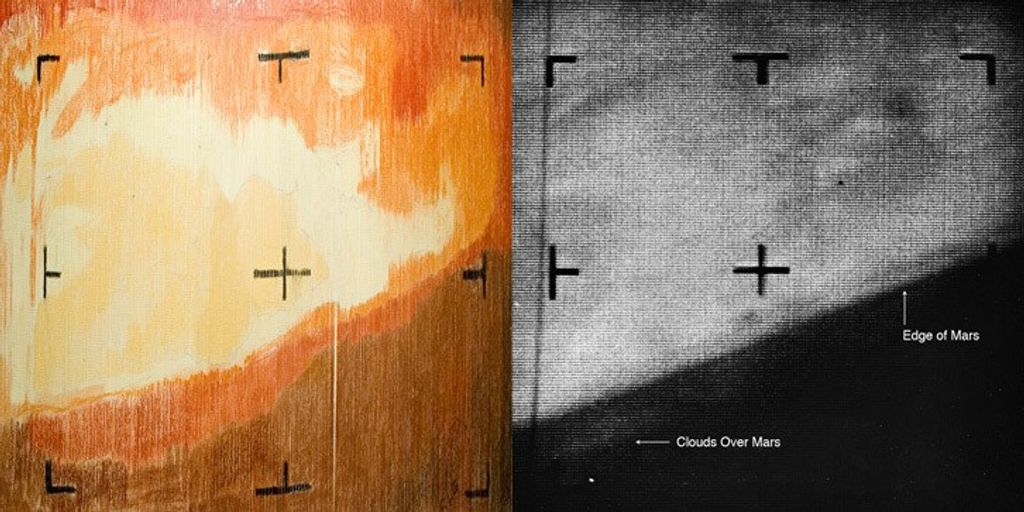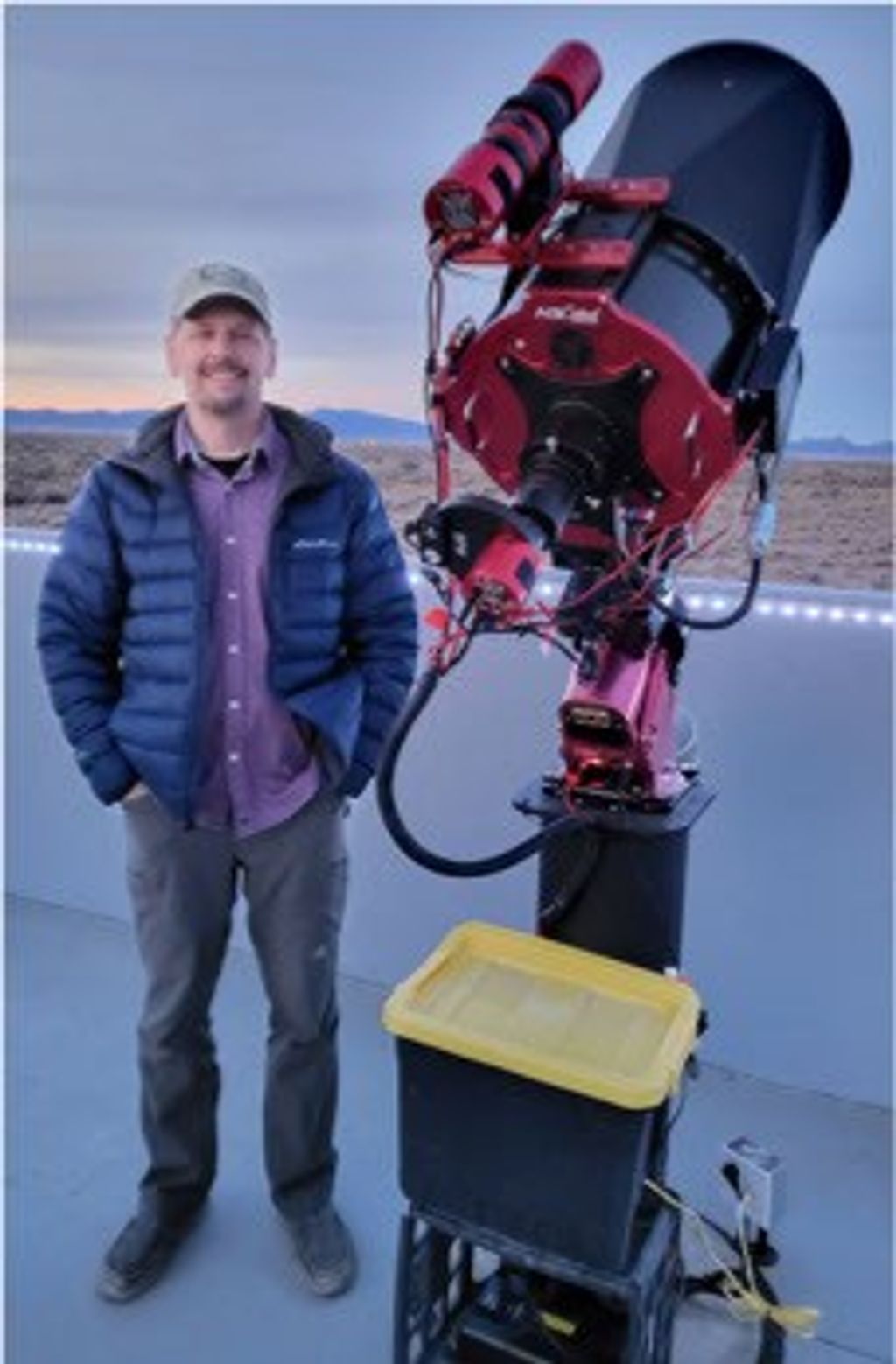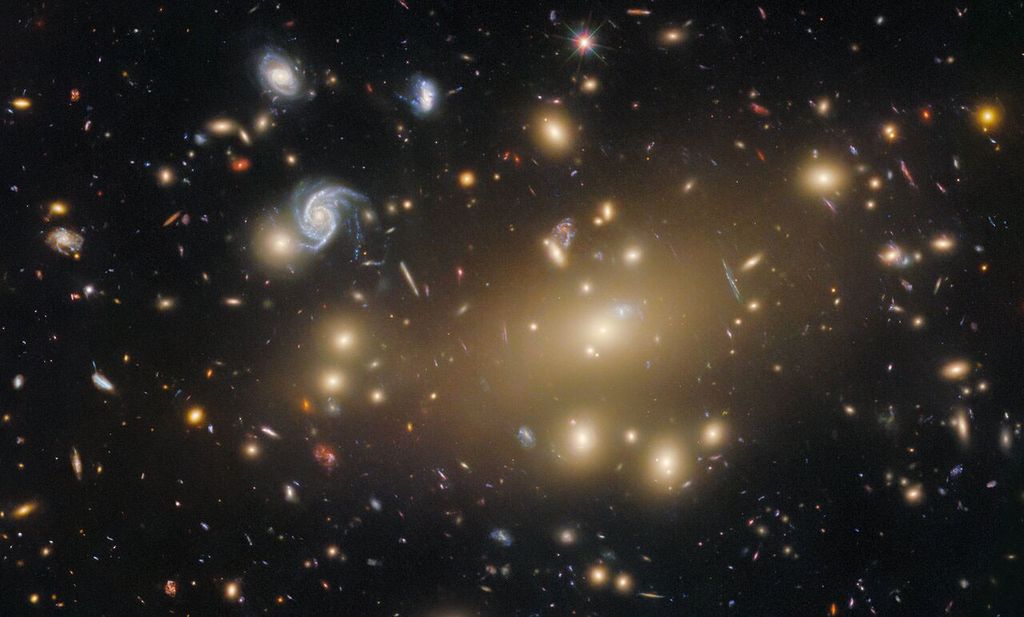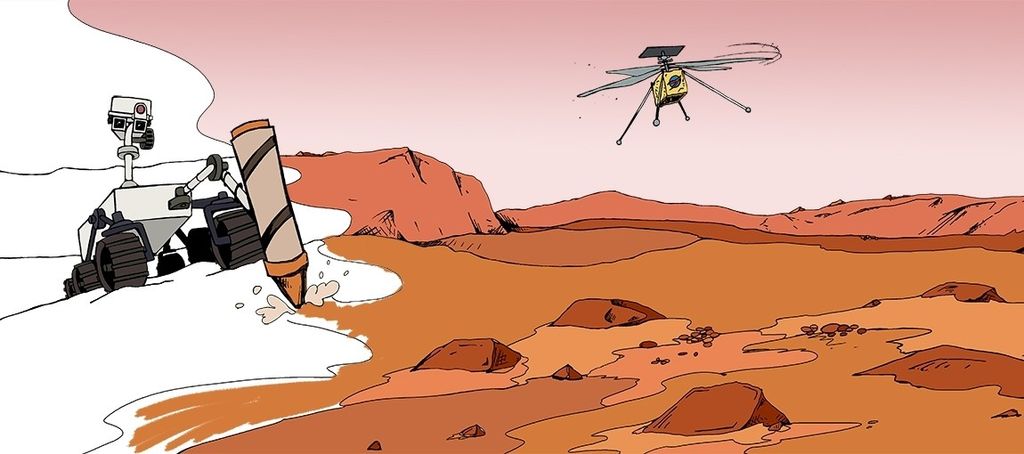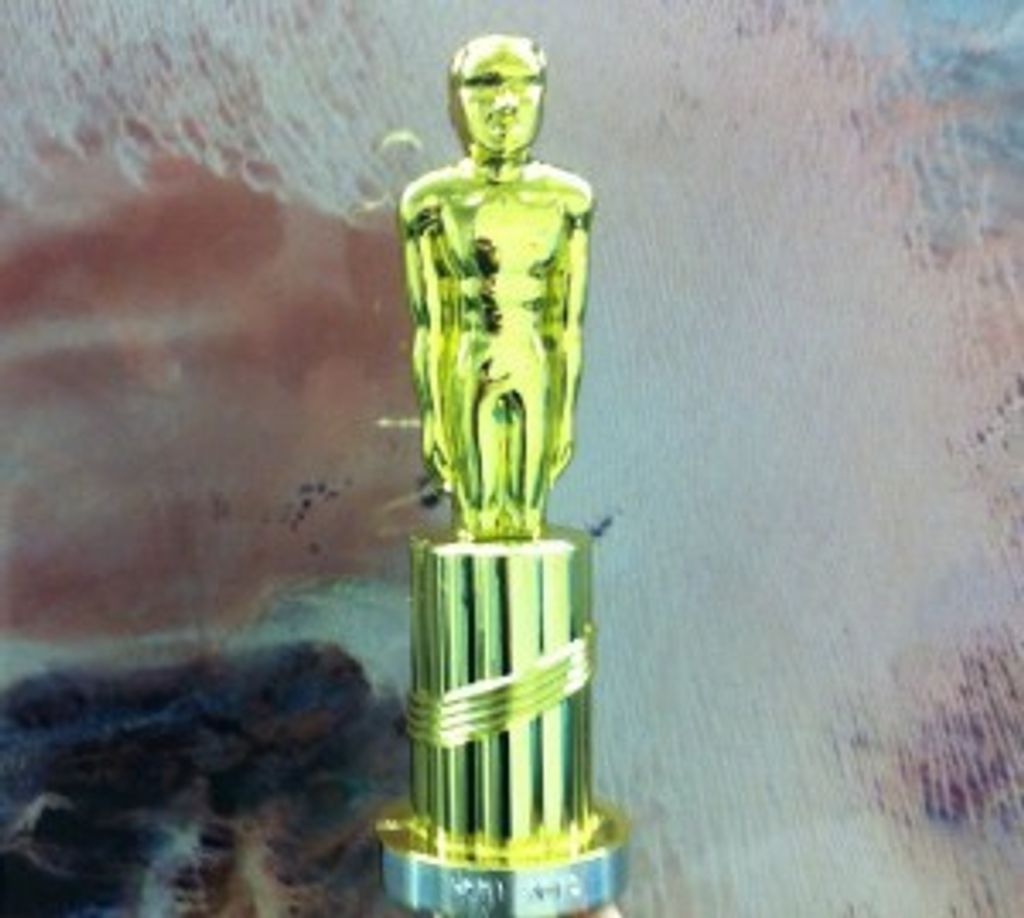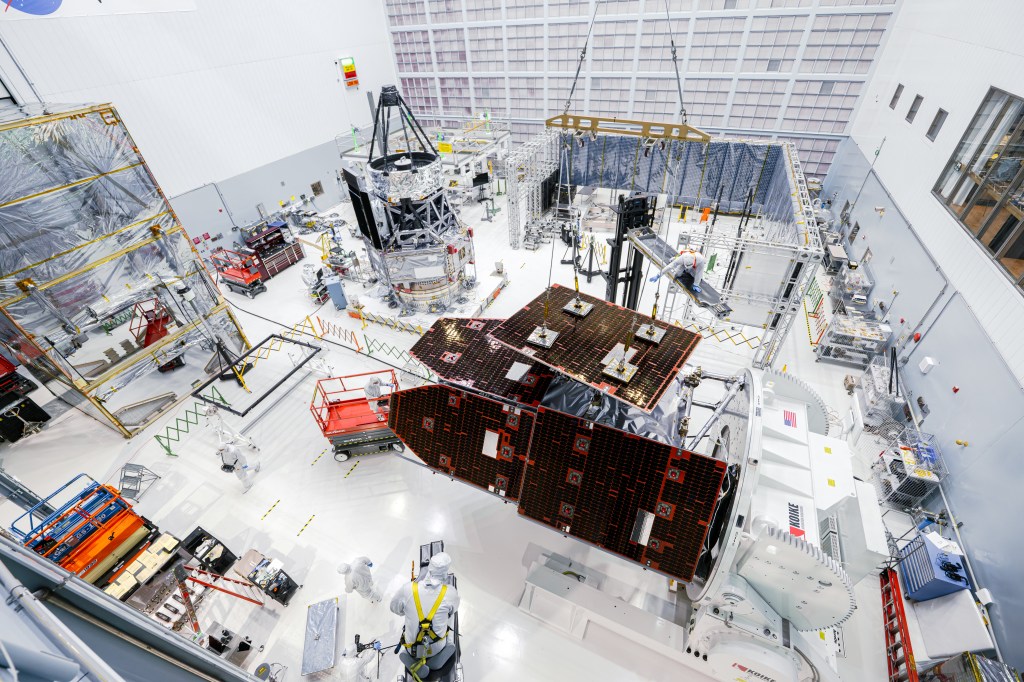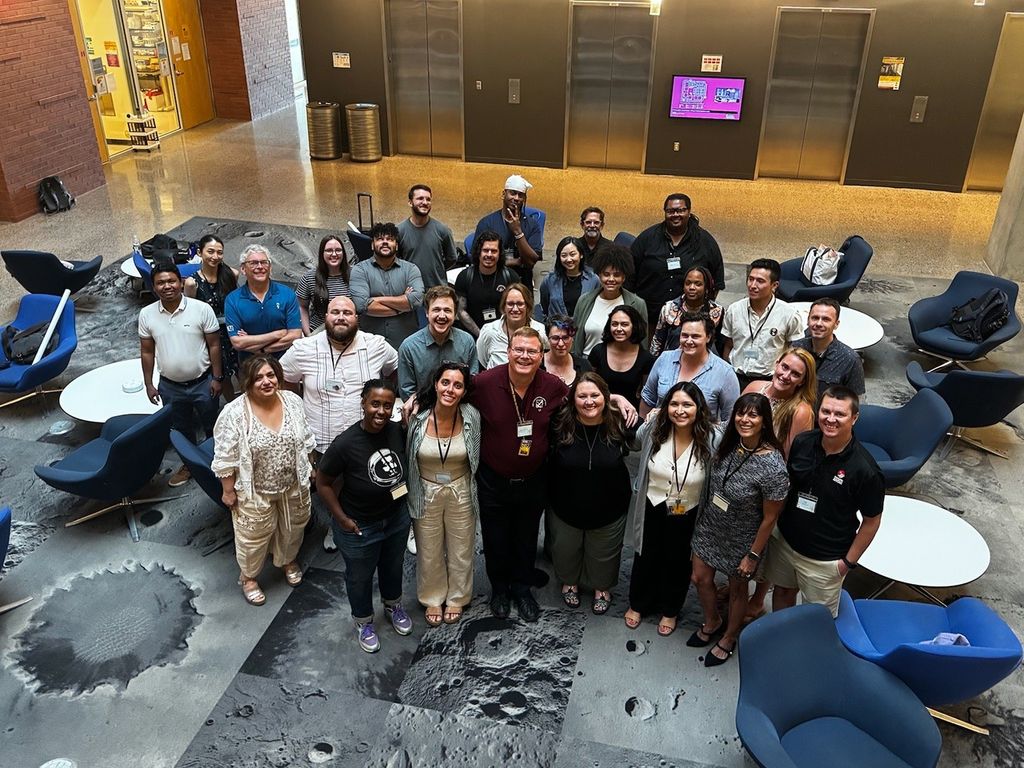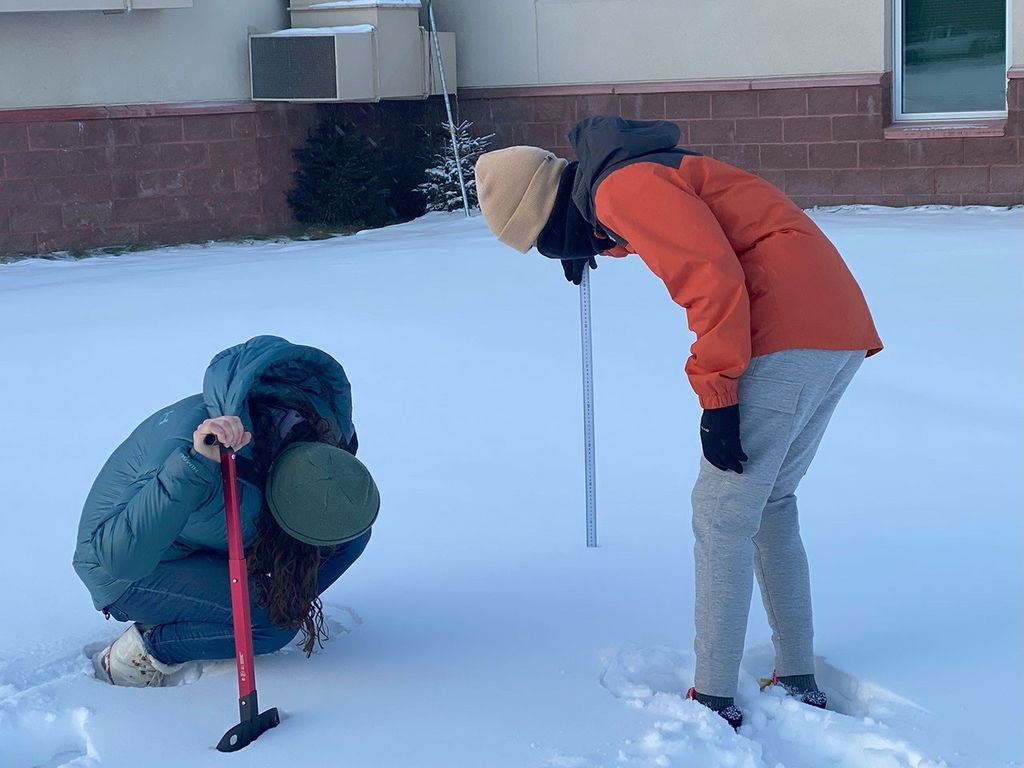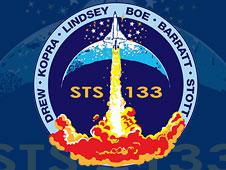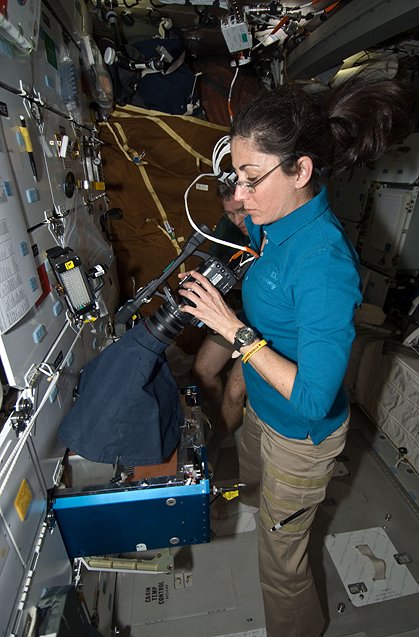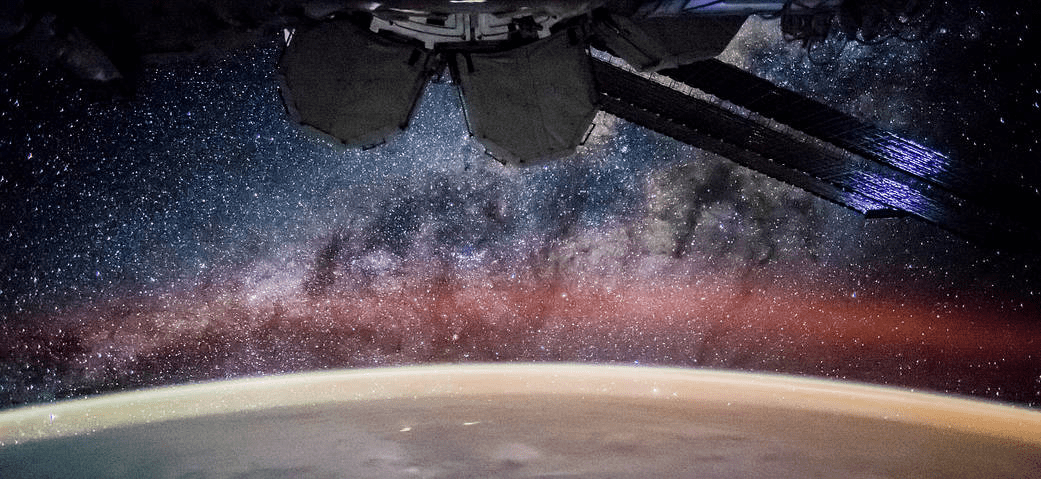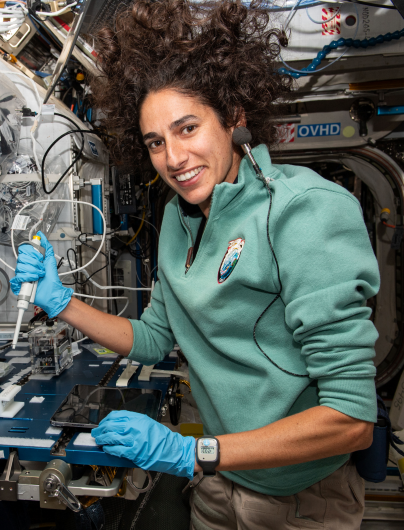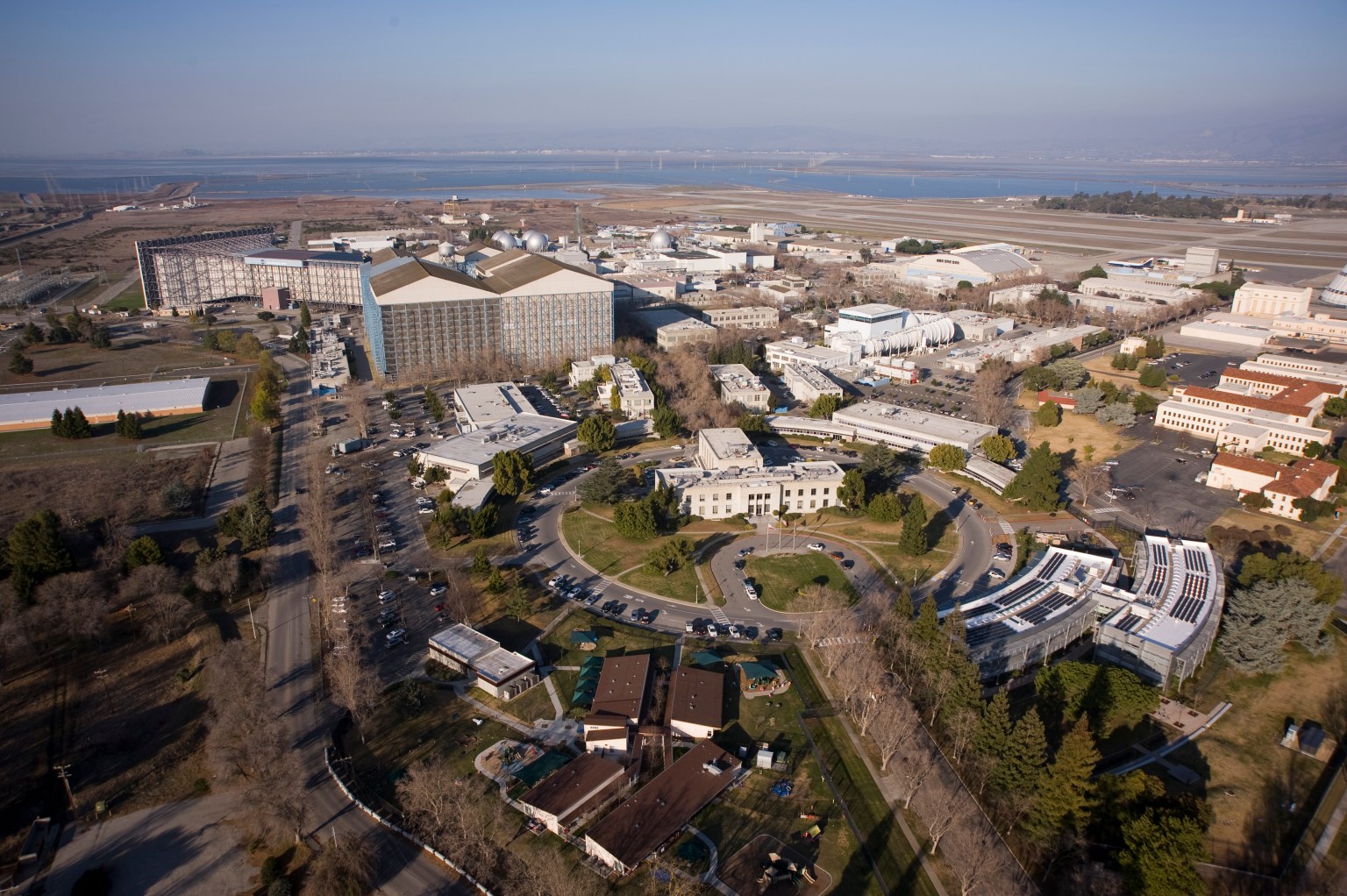Mouse Immunology-2 (STS-133)
When space shuttle Discovery launched into orbit for its final mission it carried 16 mice in hardware developed by NASA’s Ames Research Center for a spaceflight investigation of the immune system. “We believe a combination of stresses during spaceflight affect the ability of the body to respond to respiratory viral pathogens like those that cause cold and flu even after you’re back on Earth,” said Roberto Garofalo, principal investigator of the Mouse Immunology-2 study and a professor in the Department of Pediatrics at the University of Texas Medical Branch at Galveston.
Research has shown that the immune system is compromised during and after spaceflight. Immunosuppression in space and increased susceptibility to pathogens is not only an obstacle to long-term human space travel, but understanding it may also lead to effective preventive measures or treatments for humans on Earth. To better understand why the body’s mechanisms to fight off infection are weakened by spaceflight, the 16 mice that flew aboard Discovery’s 11-day mission were exposed to a common virus called respiratory syncytial virus after they returned to Earth.
Respiratory syncytial virus infects the lungs and breathing passages. It is the leading cause of lower respiratory tract illness in infants and children worldwide and is more often being recognized as an important cause of respiratory illness in older adults. Most people who are otherwise healthy recover from an respiratory syncytial virus infection in a couple weeks, while young children, the elderly and those with compromised immune systems, could have severe symptoms that require hospitalization and treatment.
The goal of the Mouse Immunology-2 experiment is to discover how the conditions of spaceflight lead to an increased susceptibility to an infection. These findings can be used to help treat and prevent future astronauts from getting sick, as well as protect people with more vulnerable immune systems here on Earth, such as the elderly or young children.
STS-133 is the 25th flight of the unique Ames Animal Enclosure Module hardware, which was designed to protect animals from the space environment, provide them with plenty of food and water, keep them healthy, and bring them safely back to Earth.
Project Team
Principal Investigator: Dr. Roberto Garofalo, University of Texas Medical Branch
Co-Investigator: Dr. Antonella Casola, University of Texas Medical Branch
Project Manager: Nicole Rayl, NASA, Ames Research Center
Deputy Project Manager: Kevin Sato, Lockheed Martin, Ames Research Center
Project Engineer: Andres Martinez, NASA, Ames Research Center
Project Scientist: Richard Boyle, NASA, Ames Research Center
Project Scientist: Paula Dumars, Lockheed Martin, Ames Research Center
Payload Scientist: Vera Vizir, Lockheed Martin, Ames Research Center
Science Support: Gwo-shing Sun, Lockheed Martin, Ames Research Center
Experiment Support Scientist: Diana Ly, Lockheed Martin, Ames Research Center
Logistics Lead: Karin Perkins, Lockheed Martin, Ames Research Center
Ground Logistics Lead: Mike Otto, Lockheed Martin, Ames Research Center
Operations Lead: David Heathcote, Lockheed Martin, Ames Research Center
Test and Integration Lead: David Leskovsky, Lockheed Martin, Ames Research Center
Test and Integration Support: Joseph Dwyer, Dynamac, Ames Research Center
Verification Lead: Robert Phillips, Lockheed Martin, Ames Research Center
SS&MA: Susan Suffel, NASA, Ames Research Center
Quality Assurance: Robert Burney, NASA, Ames Research Center
Test and Integration: Stuart Jakabcin, Lockheed Martin, Ames Research Center
Crew Training Lead: Steve Ormsby, Lockheed Martin, Ames Research Center
Animal Care Facility: Allison Brown


